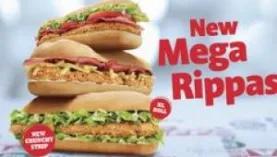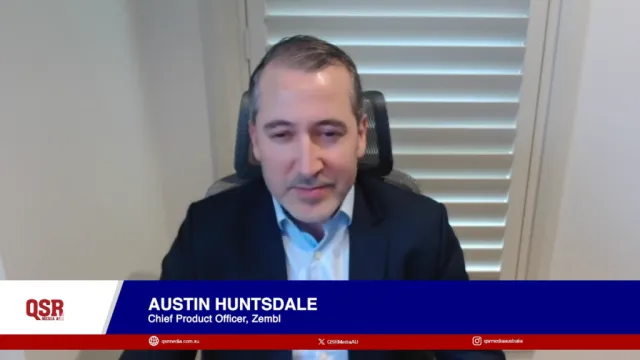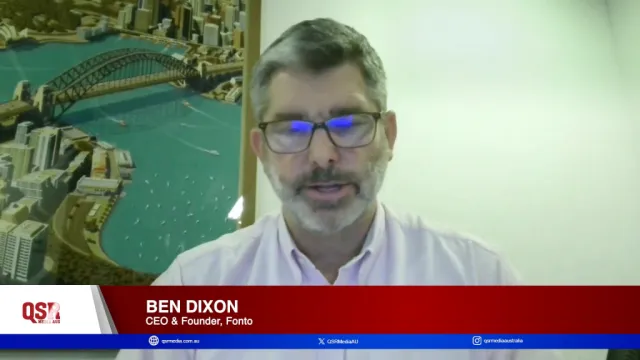Australia
Guess what the top 3 priorities of Noodle Box’s new National Training Manager are
Guess what the top 3 priorities of Noodle Box’s new National Training Manager are
Leanne Morison has been appointed new National Training Manager.
Burger Urge rolled out new 'Clive Palmer burger' in one-day-only offer
Check out what QSRs have been up to on social media.
What you need to know about Red Rooster's Mega Rippa range
It was designed for the 'everyday Aussie heroes'.
Zarraffa’s reveals secret to multi-unit franchising success
Find out how they handle the high input cost.
Find out what's the top goal of Salsa's new big boss
Jake Spencer has been appointed as the new General Manager of Mexican QSR chain, Salsa’s Fresh Mex Grill.
Check out The Coffee Club's 5 big revelations
They’re all set for a ‘new era’.
Red Rock Noodle Bar gives a glimpse of Corey Parker's favorite dishes
Check out their new promo here.
Ferguson Plarre Bakehouses revs up 'designer cakes' with copyright brands
See the exclusive interview here.
Find out who bagged the top spot in Wendys’ online election poll
See how many votes the candidates got.
Zarraffa’s Maroochydore bags top franchisee company award for 2013
They also won the ‘Rookie of the Year’ award last year.
Here's what you need to know about crafting a great PR plan
Every franchise is trying to grab media attention, so if you want to see your name in print rather than that of your competitors, you must have a well crafted public relations plan. This needs to cover a wide range of activities across all mediums, and should promote not just you, the franchisor, but also your franchisees, and the company’s products or services. Also, it’s not enough just to devise the plan, it must be implemented diligently and the results should be monitored, so you know what works and what doesn’t.
CHOICE Magazine probes frozen yoghurt health claims
See what results they got.
Zambrero to give 100,000 meals to Nicaraguan children
As part of their Plate 4 Plate fundraising day.
Market update on MOS Burger's Aust plans
Japanese Giant, MOS Burger gives us an update.
5 things you need to know about Muffin Break's hook up with Weight Watchers
Check out the new extended range here.
RFG’s earnings jumps 13.3% to $34.3m
They plan to launch 400 outlets by 2015.
Thousands of employees in McDonald’s US go on strike
They are pushing for higher wages.






























